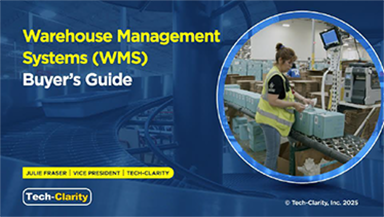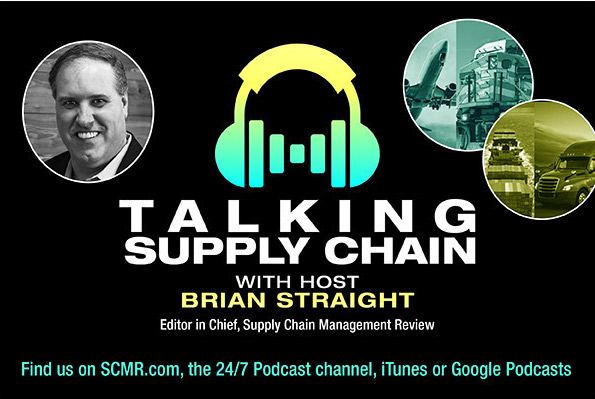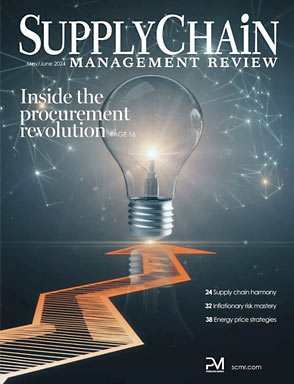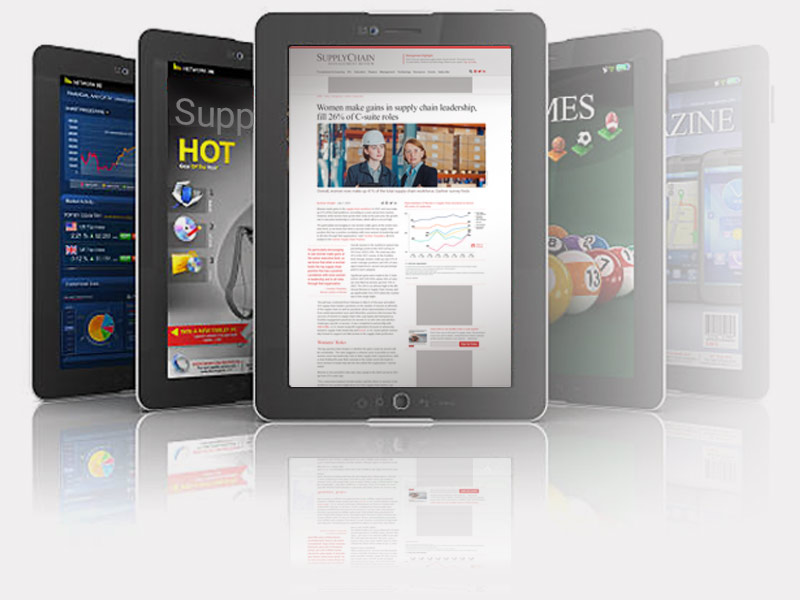Packaging has become an increasingly strategic component of supply chain operations in recent years.
From enabling late-stage customization to reducing transportation costs to supporting speed, scale and flexibility in e-commerce, packaging can be a critical solution in opening new markets and ensuring brands can efficiently respond to changing customer and market requirements.
That made the impact of the global pandemic on packaging operations particularly stressful for some brands. The pandemic exposed vulnerabilities in this vital operation within some organizations while highlighting the importance of flexibility, scalability and technology in maintaining continuity and responding to shifting market demands.
Keys to a Successful Response
While most people associate the pandemic with “shutdowns,” those of us in the supply chain industry think of it in terms of new challenges. We didn’t have the luxury of shutting down packaging lines to implement social distancing or reinforce established cleaning protocols. Those critical changes had to be made while maintaining continuity of operations.
But, for many brands, continuity wasn’t enough. They needed to simultaneously respond to the operational changes required to protect workers while scaling to meet increased demand. At DHL Supply Chain, we saw a surge in demand for packaging services among 70% of our customers. While primarily market driven, some of this surge resulted from the need to absorb packaging operations from vendors who couldn’t adapt to the changes imposed by the pandemic.
Handling the surge from a labor perspective required a combination of scalability and flexibility. While the majority of our customers experienced an increased demand for packaging services, others, particularly those whose operations were focused on in-store display production, experienced a reduction. That created the opportunity to re-allocate resources across our campuses to alleviate the impact of the initial spike as consumers shifted from in-store to online shopping.
To continue to scale as the pandemic progressed, we leveraged established relationships with national staffing firms and our own digital onboarding tools to add people where required. Integration between our packaging technology platform and ERP and WMS platforms also streamlined material flows and demand forecasting to ensure the required products and materials were available when needed.
As a result, packaging remained a strategic asset for our customers throughout the pandemic by allowing them to rapidly adapt to changing consumer behaviors.
Accelerating Industry Trends
As in other industries, the pandemic is driving permanent as well as temporary change. As we continue to operate within the societal restrictions imposed by the pandemic and eventually return to some semblance of normal, we expect the following packaging trends to accelerate:
Increased automation
Packaging can be a labor-intensive operation and that can create challenges during periods of low unemployment as we had before the pandemic and during spikes in demand as occurred during the pandemic.
While we were able to protect our customers from labor shortages by re-allocating resources and smart recruiting, we are seeing more organizations looking to protect themselves from future labor shortages by re-evaluating the business case associated with packaging automation.
Packaging automation systems such as labelers and cartoners reduce the dependence on human resources and drive the increased efficiency that can help organizations better deal with spikes in demand. The next year should see a dramatic uptick in packaging automation.
Faster e-commerce growth
According to eMarketer, U.S. e-commerce sales rose from 9.9% of retail sales in 2018 to 11% in 2019. Coming into 2020 similar growth was expected. Then, COVID-19 shut down retail stores across the country and e-commerce sales spiked quickly and dramatically. Revised 2020 projections now expect 14.4% of retail sales to come from e-commerce—a level that wasn’t expected to be reached until 2022.
The expectation is that e-commerce sales will continue their upward trajectory from this new level, placing increased stress on packaging operations. Automation, as mentioned previously, will enable packaging operations to absorb some of this growth, but it’s also become clear that many organizations will need to advance the maturity of their operations to keep pace. Strategies such as the implementation of state-of-the-art packaging technology platforms, integration between packaging systems and ERP and WMS platforms, and the use of specialized solutions such as carton optimization technology, will be necessary for these organizations to continue to scale with demand.
More Stable and Agile Packaging Partners
The pandemic exposed vulnerabilities in packaging operations, particularly for organizations that had distributed operations over multiple, smaller vendors. Some of these vendors were unable to react to the changes caused by the pandemic with sufficient speed and scale, forcing brands to consolidate operations with larger vendors on the fly.
As a result, we expect many brands to conduct a review of their packaging suppliers and look to consolidate with fewer vendors that are better able to deliver the scalability and technology required to deal with both consistent growth and sudden change.
The pandemic served to highlight the importance of supply chain packaging in adapting quickly and efficiently to changing customer and market requirements. Organizations that were able to maintain continuity and service through this challenging time, such as those working with DHL Supply Chain, were able to capitalize on opportunities and enhance their competitive positioning for continued growth during the recovery.
To learn more about how DHL Supply Chain integrates and optimizes packaging, visit http://app.supplychain.dhl.com/e/er?s=1897772577&lid=6871
SC
MR

Latest Supply Chain News
- Uber Freight’s Val Marchevsky to deliver Keynote at NextGen Supply Chain Conference
- Unlocking the green grid: Innovations for eco-friendly last mile
- Dealing with supply chain complexities with scenario intelligence
- Trust the team, win the customer
- Securing critical minerals during a global trade war
- More News
Latest Resources

 Explore
Explore
Procurement & Sourcing News
- C.H. Robinson rolls out AI agent to address LTL classification overhaul
- Danone latest to announce new US investment
- Uber Freight’s Val Marchevsky to deliver Keynote at NextGen Supply Chain Conference
- Unlocking the green grid: Innovations for eco-friendly last mile
- Dealing with supply chain complexities with scenario intelligence
- Securing critical minerals during a global trade war
- More Procurement & Sourcing
Latest Procurement & Sourcing Resources

Subscribe

Supply Chain Management Review delivers the best industry content.

Editors’ Picks




